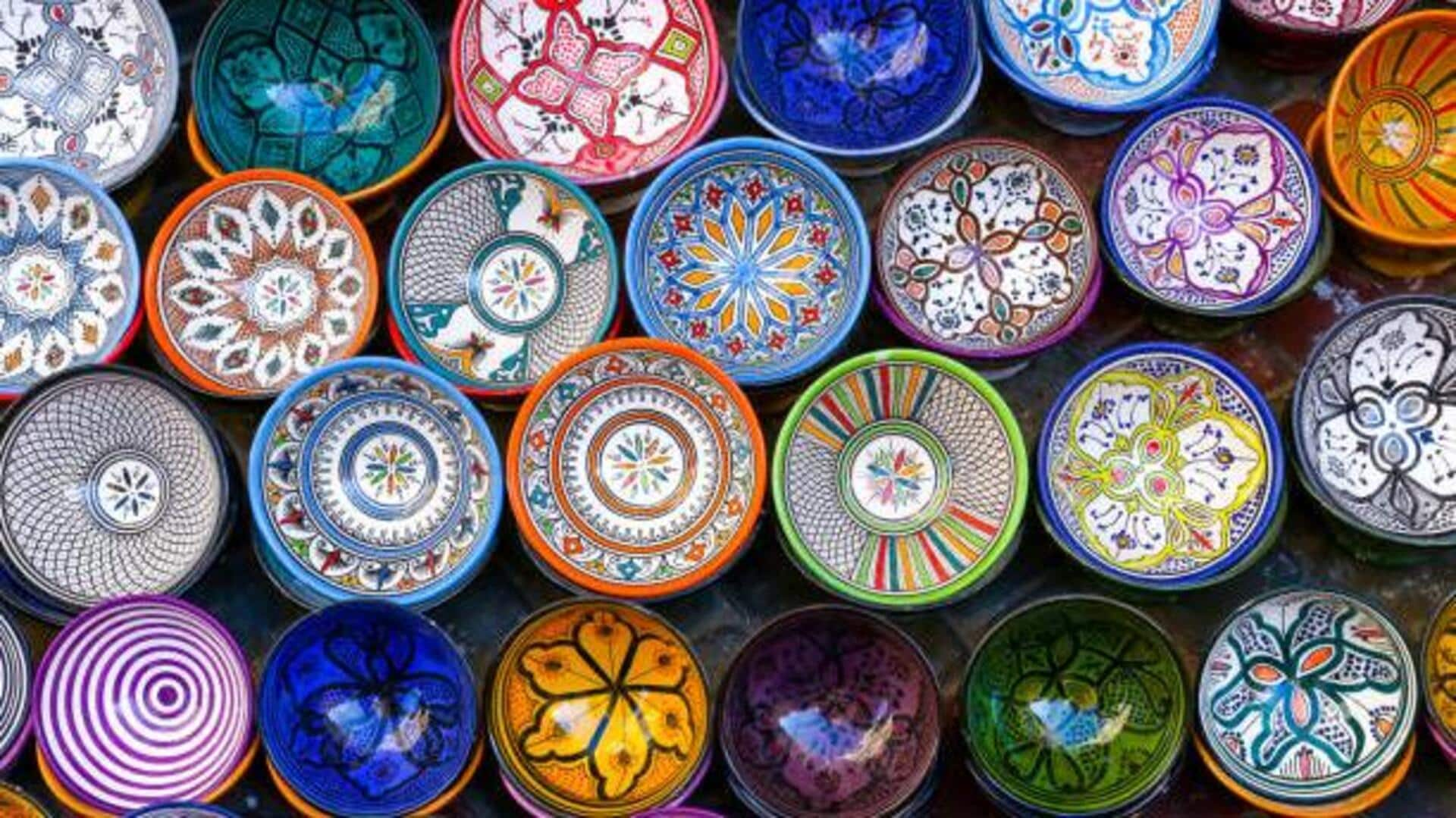
Unique pottery styles you didn't know about
What's the story
African pottery is a rich and diverse art form that has been practiced for centuries. It reflects the cultural heritage and traditions of various African communities. Each region has its unique style, characterized by distinct shapes, patterns, and techniques. These pottery styles are not only functional but also serve as a medium of artistic expression. This article explores timeless African pottery styles that continue to captivate art enthusiasts around the world.
Zulu style
Zulu beer vessels
Known for their intricate designs and craftsmanship, Zulu beer vessels are a sight to behold. Traditionally used in ceremonies, these clay vessels often feature geometric patterns. The Zulu people use specific techniques to create these pots, ensuring they are both durable and aesthetically pleasing. The vessels vary in size, with some being large enough to hold several liters of liquid.
Mangbetu style
Mangbetu pottery
Renowned for its distinct elongated necks and anthropomorphic features, Mangbetu pottery hails from the Democratic Republic of Congo. This style often integrates human-like figures into the design. Typically, the pots are hand-built using the coiling method and polished to attain a smooth finish. Mangbetu pottery is used for practical purposes as well as decorative pieces.
Bamileke style
Bamileke beaded pots
Bamileke beaded pots are known for their exquisite beadwork. Made in Cameroon, these pots are made by applying beads on clay bases in elaborate patterns. The beadwork often features cultural symbols or motifs that hold importance to the Bamileke people. These pots are mostly used in ceremonial purposes or as a mark of status in communities.
Akan style
Akan terracotta heads
Akan terracotta heads, from Ghana's Akan culture centuries ago, were memorials for deceased royals and important members of the community. Today, they are prized artifacts, telling stories of the past with their detailed facial expressions. These pieces demonstrate the skilled modeling techniques passed down generations, marking a tradition that has transcended borders, cherished for its unique features and contribution to the arts.